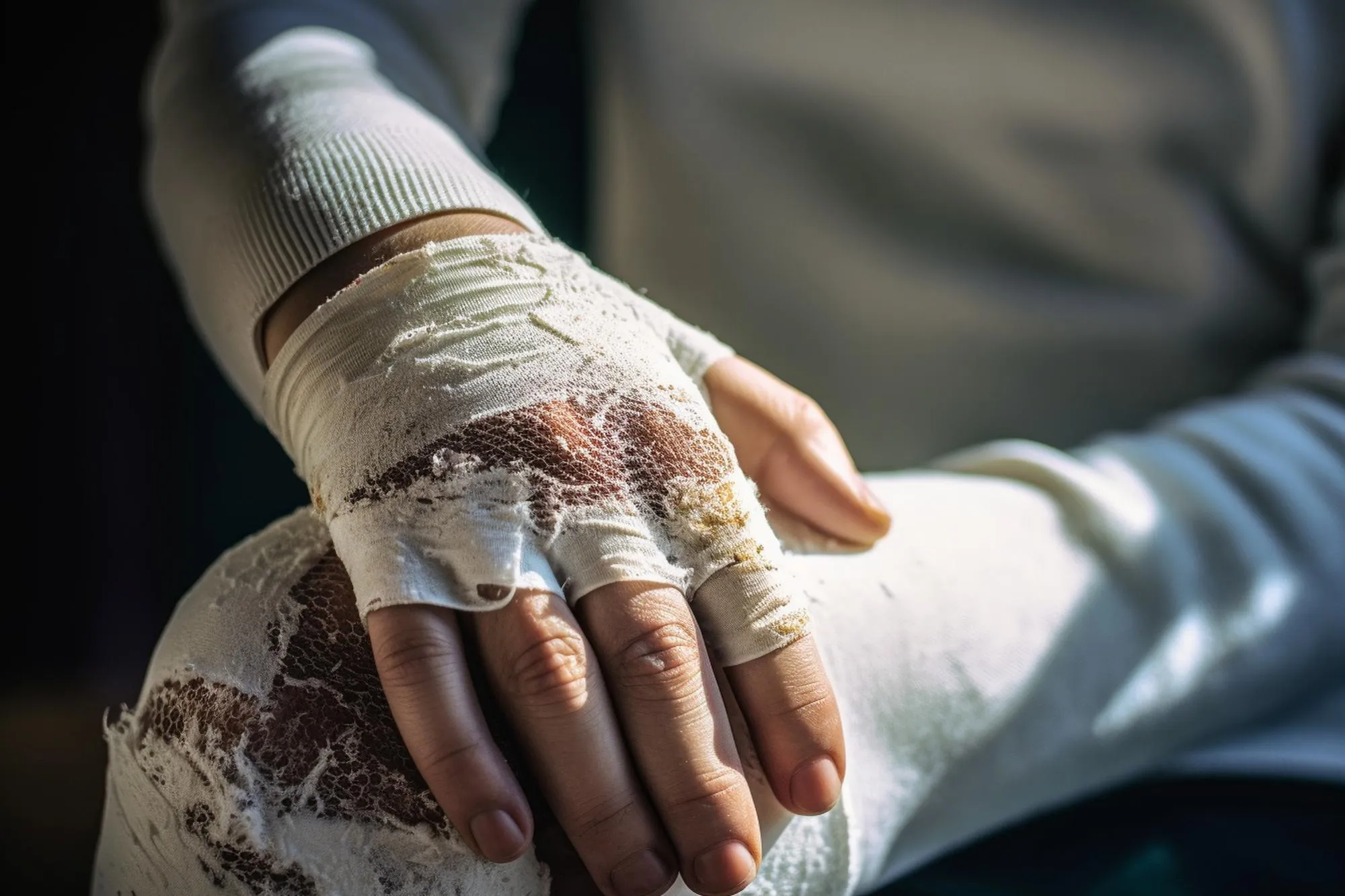According to a new landmark study based on the National Health Insurance Claims Database, Japan is grappling with a silent epidemic of fragility fractures among its senior citizens. The data, meticulously gathered from May 2013 through September 2014, indicates a staggering percentage of the older population has sustained fractures that are associated with bone loss due to ageing, which in turn has profound implications for their quality of life (QOL) and healthcare costs. The study, published in the Biological & Pharmaceutical Bulletin, presents a dire need for policy makers to implement strategies to mitigate the burden posed by these injuries.
The research team, led by Naomi Iihara from the Kagawa School of Pharmaceutical Sciences at Tokushima Bunri University, accessed a comprehensive national database encompassing health insurance claims and specific health checkups throughout Japan. The focal group of the study comprised patients aged 65 or older who had no hospital admissions for at least 13 months before sustaining a fracture. The analysis zoomed in on fractures occurring at four cardinal sites—proximal humerus, distal radius, vertebra, or femoral neck—to ascertain if they were fragility-related and required hospitalization.
Out of 1,188,754 patients, fragility fractures were identified in 490,138 cases (41.2%). This equates to an alarming 345,980 cases annually with a notable male-to-female ratio of 1:4, emphasizing a higher predisposition in females for such fractures. Vertebral fractures emerged as the predominant type across all age groups for both sexes, the occurrence of which was approximately four times higher in females (43,286 males and 162,767 females per year).
Data analysis further revealed that the incidence of femoral neck fractures saw a sharp elevation with advancing age. Of those who suffered from this particular injury, around 80% necessitated hospitalization, with 62.3% being males and 71.1% females. Interestingly, only up to 10.4% of patients with other types of fragility fractures required inpatient treatment, underlining the severe nature of femoral neck fractures.
The findings of this study are critical in a number of aspects. First, they provide us with quantitative data that underpin the prevalence of fragility fractures in Japan’s elderly cohort. Second, the outcomes furnish invaluable insights for evaluating the health economy and could play a foundational role in establishing efficacious health policies that address this rising challenge. Third, considering the demographic trends towards an increasingly ageing population not only in Japan but worldwide, this research underlines an urgent global health concern.
References
1. Iihara, Naomi, et al. “Fragility Fractures in Older People in Japan Based on the National Health Insurance Claims Database.” Biological & Pharmaceutical Bulletin, vol. 42, no. 5, 2019, pp. 778-785., doi:10.1248/bpb.b18-00974.
2. Cummings, Steven R., and Dennis M. Black. “Bone quality and fractures in older persons.” Science’s STKE, vol. 2000, no. 631, 2000.
3. Kanis, J.A., et al. “Long-term risk of osteoporotic fracture in Malmö.” Osteoporosis International, vol. 11, no. 8, 2000, pp. 669-674.
4. Johnell, Olof, and John A. Kanis. “An estimate of the worldwide prevalence and disability associated with osteoporotic fractures.” Osteoporosis International, vol. 17, no. 12, 2006, pp. 1726-1733.
5. Reginster, Jean-Yves, and René Rizzoli. “Osteoporosis: a still increasing prevalence.” Bone, vol. 18, no. 3 Suppl, 2001, pp. S9-S13.
Keywords
1. Fragility Fractures Japan
2. Elderly Bone Health
3. Osteoporosis-related Hospitalization
4. Ageing Population Fracture Risk
5. Health Insurance Claims Data Japan
The broader implications of this study cannot be overstated. It calls for immediate attention to preventive strategies aimed at curbing the rate of fragility fractures. These could range from nationwide screening and prevention programs to public education on maintaining bone health and preventing falls. Healthcare policy needs to focus on both the prevention and effective management of these injuries to ease the inevitable strain on healthcare services.
The researchers argue that future endeavors should consider longitudinal follow-up studies to understand the long-term outcomes of patients with fragility fractures. Interventions such as osteoporosis medication, lifestyle modifications, and bone density enhancing exercises could potentially play a significant role in reducing the incidence of such debilitating injuries.
As nations worldwide address the needs of their ageing populations, this study from Japan serves as a template and a warning bell. It advocates for geriatric care to be a top health priority and reinforces the necessity for robust healthcare systems that are prepared for the challenges associated with ageing societies. The bone health of senior citizens, as shown in the study, is a critical facet of their overall well-being that requires concerted efforts from all stakeholders in the public and private healthcare sectors.
In summary, this comprehensive analysis based on the National Health Insurance Claims Database sheds light on the growing phenomenon of fragility fractures within Japan’s elderly, offering critical data to guide healthcare policy and draw attention to the urgency of addressing age-related bone health.
